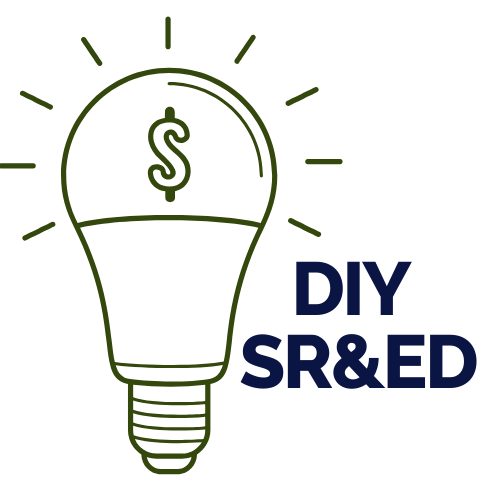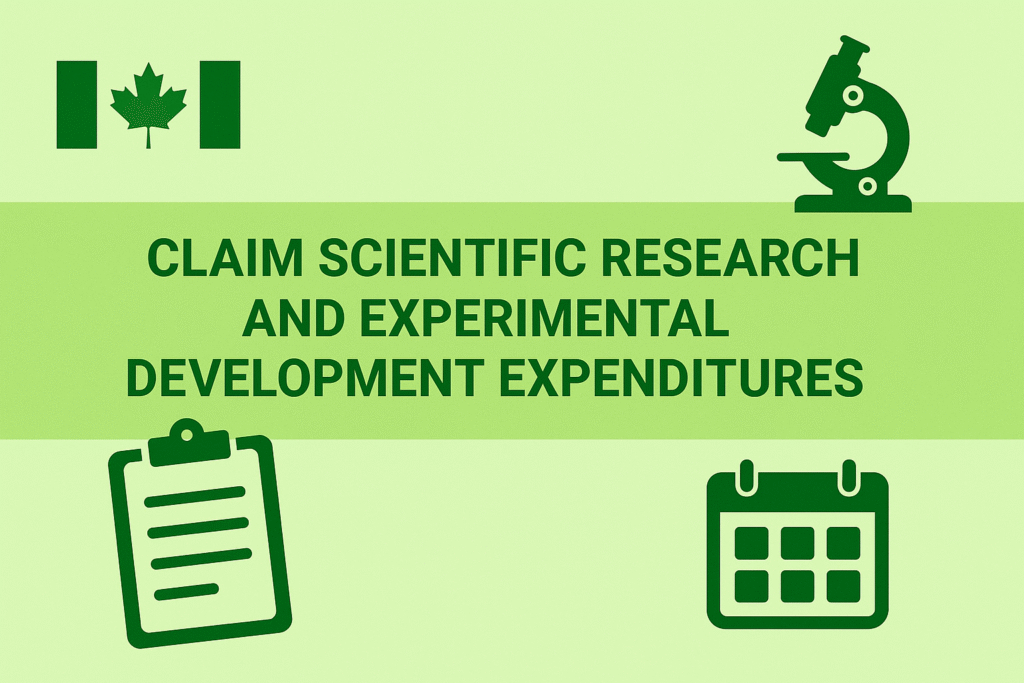Filing an SR&ED claim isn’t just about proving your work qualifies—it’s about proving it happened in case of an audit. For many founders, the SR&ED documentation process feels like a black box. But here’s the truth: good documentation is what makes or breaks your claim. Without it, even legit projects get denied. With it? Faster refunds, fewer CRA questions, and peace of mind.
This guide is built for Canadian startups and technical teams who want to keep more of their refund—without hiring a consultant. Let’s break it down.
1. What SR&ED Documentation Does the CRA Expect?
To prove your SR&ED project qualifies, you’ll need to show;
- Who worked on it
- What work was done
- How much you spent
Here’s your startup-friendly checklist 👇 to ensure you have everything needed for a successful claim.
A. Payroll & Labour Docs (Biggest Part of Your SR&ED Claim)
- T4s & Pay Stubs – Show employees were paid.
- Time-sheets & R&D Logs – Prove time spent on eligible work.
- Contracts & Job Descriptions – Define roles in your R&D.
💡 Tip: Founders working on technical tasks? Track your time. You could be leaving $$ on the table.
B. Subcontractor & Third-Party Work
- Invoices from Canadian subcontractors – Work must be clearly R&D-related.
- Statements of Work (SOWs) – Detail what was done and why it qualifies.
💡 Working with a university? Even better—those expenses often qualify for extra credits.
C. Overhead & Materials
- Receipts – For items used in experiments (chemicals, parts, tools).
- Lab logs or usage records – Show how and when materials were used.
- Rent & utilities – Only if you’re not using the proxy method.
💡 Proxy method = 55% added to salaries. Simpler. Higher claim. Most startups should use this.
D. Technical Proof of R&D (How and Why of your project)
- Project Logs & Meeting Notes – Jot down your team’s tech challenges, hypotheses, brainstorms, and decisions. These notes show the CRA you’re not just winging it—you’re solving real problems.
- Test Results & Experiment Data – Save all your research results, failed tests, and improvements. Iteration is gold in SR&ED—it proves you’re experimenting and learning.
- Version Control / Source Code Changes – If you’re building software, track your commits, bug fixes, and AI training updates. Tools like GitHub or Bitbucket make it easy to show your dev progress.
- Prototypes & Product Iterations – Take photos, record test videos, and log changes to your hardware or product builds. This kind of proof helps back up your R&D story—especially in audits.
💡 Failure counts in SR&ED! What matters is the process—not just the result.


2. How to Organize SR&ED Documentation Without Losing Your Mind
A. Log Everything As You Go
Waiting until tax season is a recipe for lost refunds. Build the habit early.
B. Use Cloud Storage (and Backups!)
Keep everything in Google Drive, Dropbox, or Notion. No more digging through email.
C. Keep It Simple with Folders
Here’s a sample setup:
- 📂 Payroll → Paystubs, T4s, timesheets
- 📂 Contractors → Invoices, SOWs
- 📂 Materials → Receipts, usage logs
- 📂 R&D Logs → Meeting notes, code changes, test results, experiments
💡 Organized records = smoother claims + easier audits.
Have Questions About SR&ED Documentation?
Our team’s been through it—and we’re here to help.
3. Best Tools for Tracking SR&ED Docs
Using the right tools simplifies record-keeping and ensures you don’t miss claimable expenses.
- JIRA / Trello – Use project management tools like JIRA or Trello to track your R&D tasks, technical roadblocks, and team progress. It’s your digital paper trail for showing what happened and when.
- Slack / Email Archives – Don’t delete those chat threads! Keep your Slack conversations and email exchanges—especially the ones where you’re problem-solving or planning experiments. They show how your team tackled real technical challenges.
- GitHub / Bitbucket – If you’re writing code, these platforms are your best friends. Log all your commits, bug fixes, model training, and iterations. CRA loves to see the evolution of your tech.
- QuickBooks / Xero / Excel – Track your SR&ED-related spending with accounting tools like QuickBooks and Xero or as simple as Excel and Google Sheet. Clean financial records make it way easier to justify your claim (and stress less during audit season).
💡 Tip: Make documentation part of your daily workflow—instead of scrambling at year-end!
4. What Happens If You Don’t Track Properly?
🚫 You’ll likely get a lower refund—or no refund.
🚫 CRA might audit, and you won’t have what they need.
💡 If it’s not documented, it didn’t happen.
Final Thoughts: SR&ED Documentation = More Refund, Less Stress
- Track from Day 1—not at tax time.
- Use folders, logs, and cloud backups.
- Choose the proxy method unless you’ve got heavy overhead.
- Treat failed experiments like gold—they’re claimable too!
Next Up:
👉 How to DIY your SR&ED claim we’ll walk you through the exact forms and process for submitting your SR&ED claim.
Ready to Simplify Your SR&ED Claim?
Take control of your SR&ED journey with DIY tools built for startups.




